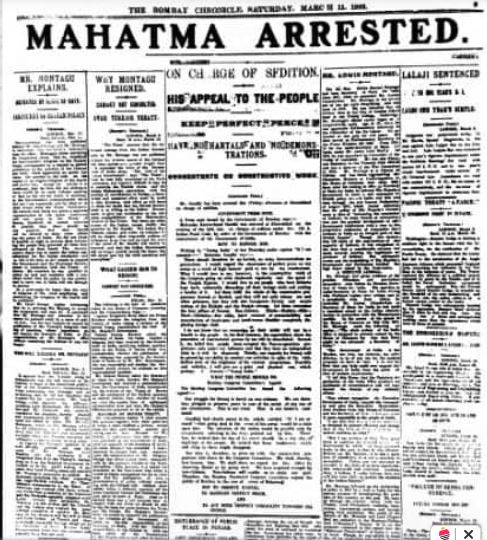
This article by Anil Nauriya was published in India International Centre Quarterly (IIC Q)
VOLUME 48 AUTUMN 2021 NUMBER 2
The momentous movement of hundred years ago like the 1857 India Rising, challenged the British Colonial rule with a force of logic and non-violence that was far more impactful. Firstly, it helped Indians to articulate what they wanted and secondly, it galvanised the whole population.
There were three erstwhile independent issues, which converged – swaraj, the redressal of the Punjab wrongs, and the Khilafat grievances. Gandhi explained: It is as amazing as it is humiliating that less than one hundred thousand white men should be able to rule three hundred and fifteen million Indians. They do so somewhat undoubtedly by force but more by securing our co-operation in a thousand ways and making us more and more helpless and dependent on them as time goes forward….They want India’s billions and they want India’s manpower for their imperialistic greed.
The non-cooperation movement, one that was non-violent and of an unprecedented scale, made Indians conscious of what they should expect, what they should avoid and what was possible. This article provides citations and references to all the events it describes around 1919-1924 when the non-cooperation movement took shape and the remarkable leaders who launched and steered the mass movement and the long struggle that ensued before India gained independence.
Link for Google doc (searchable)